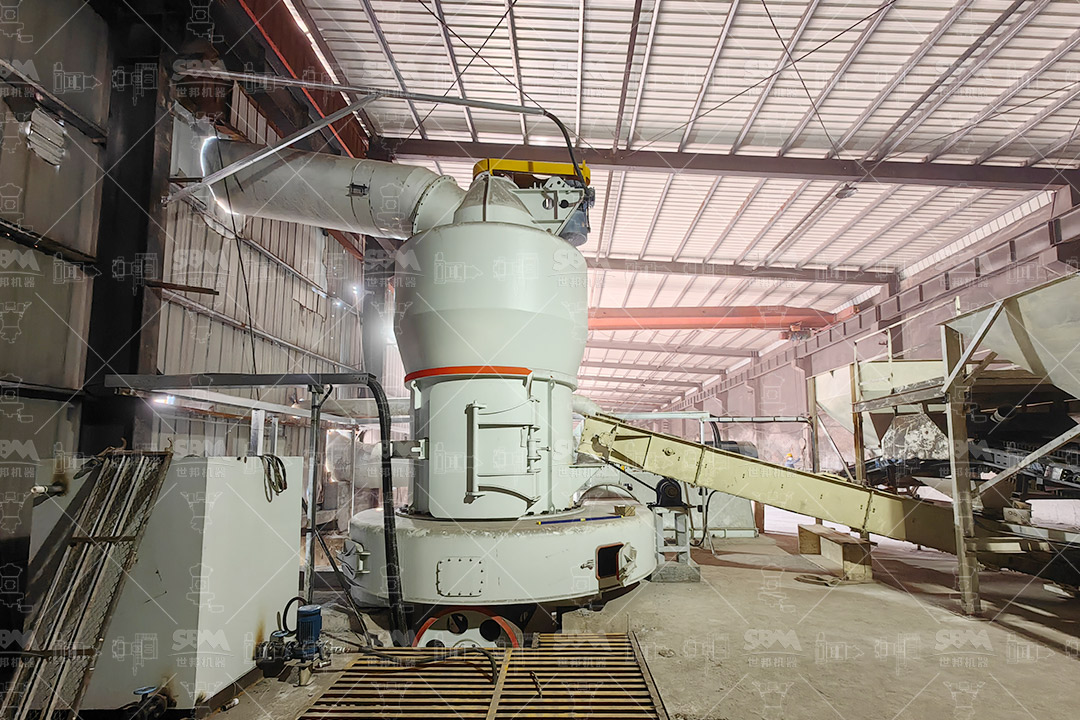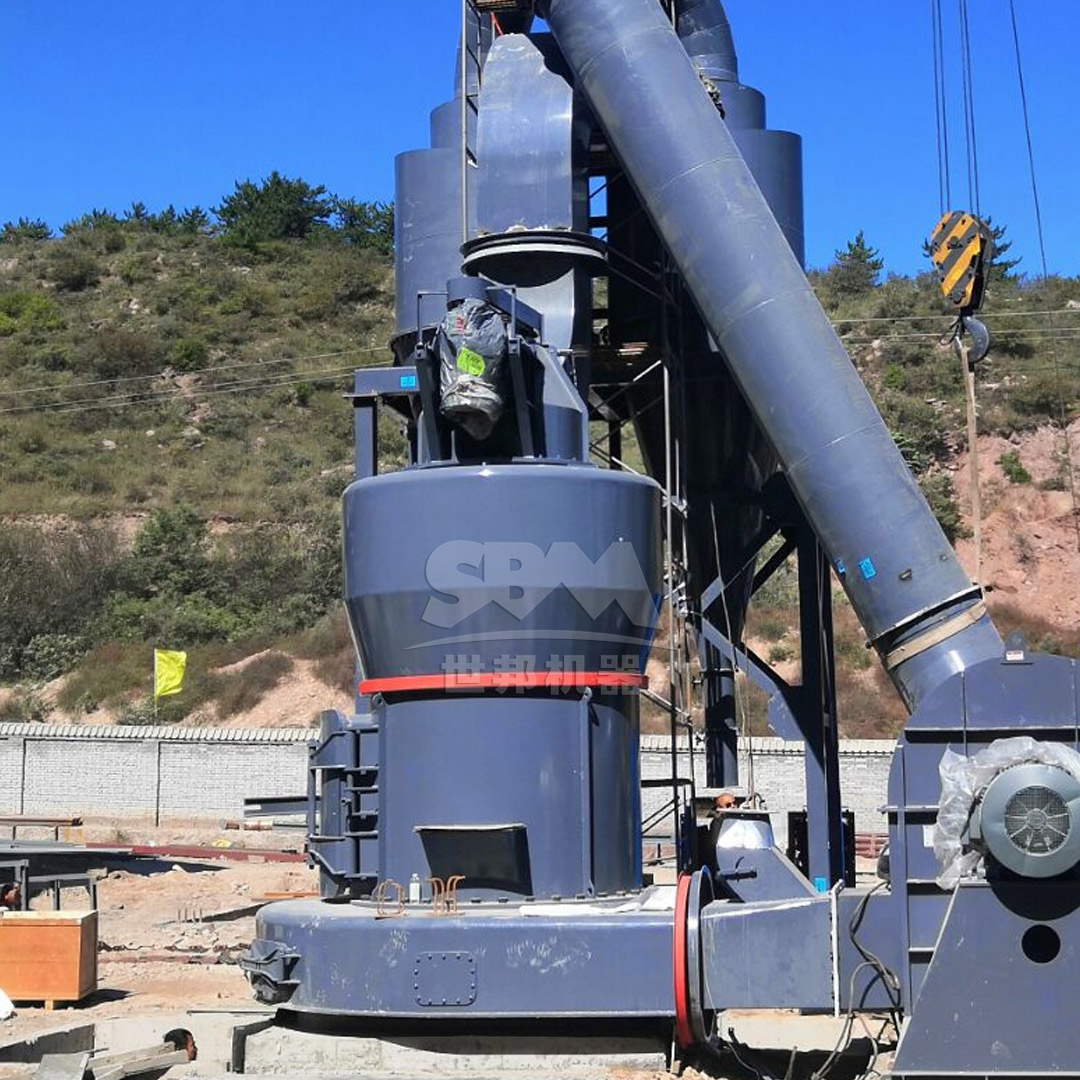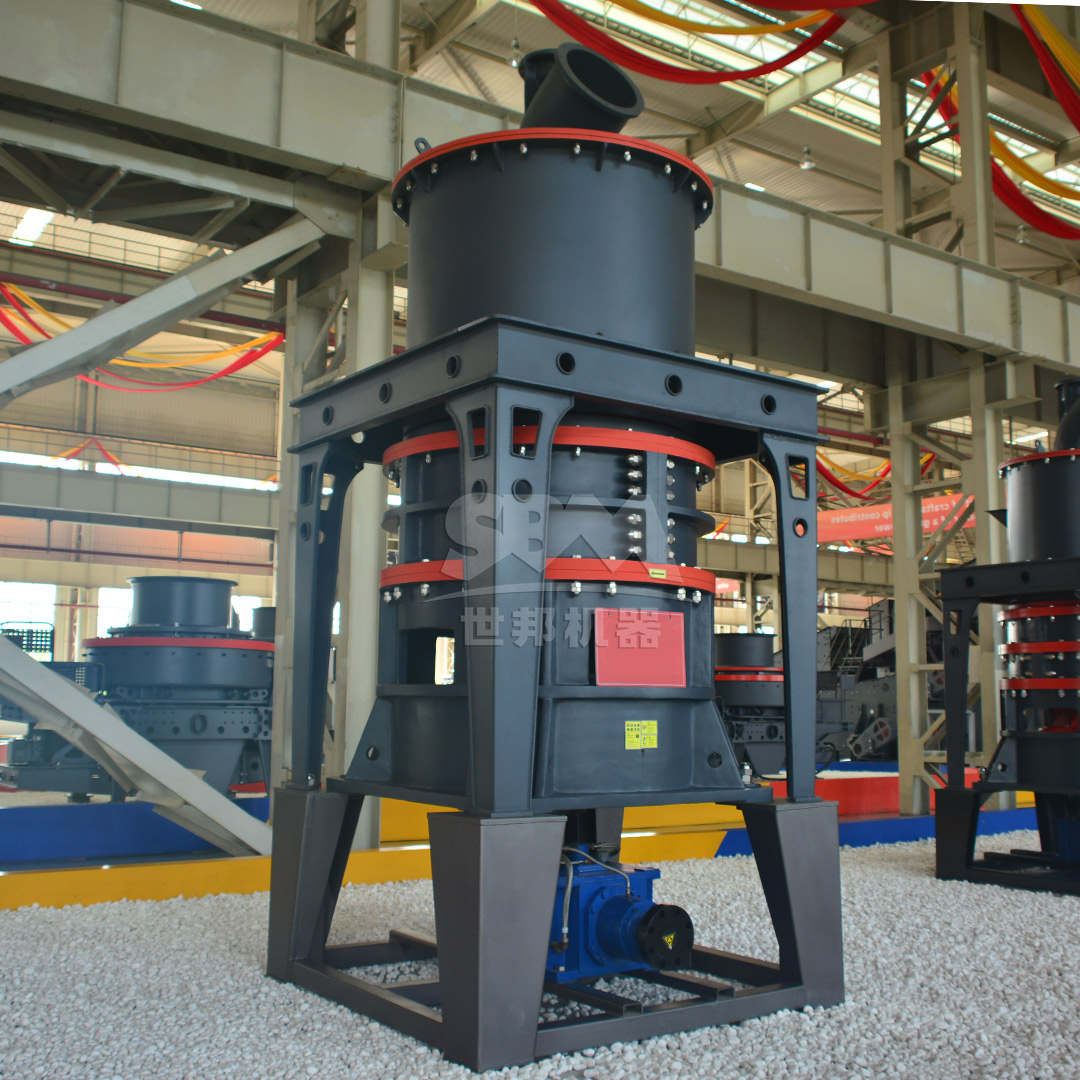Limestone grinding mills with integrated drying systems represent a significant advancement in mineral processing technology. These systems combine the grinding and drying processes into a single unit operation, offering enhanced efficiency, reduced energy consumption, and superior product quality control. This article delves into the working principles of these integrated systems and explores their key benefits for industrial applications.
The core innovation of a limestone grinding mill with integrated drying lies in its ability to perform two critical unit operations—size reduction and moisture removal—simultaneously within a single apparatus. The process begins with the feeding of raw, often moist, limestone into the mill.
Raw limestone, with a typical feed size of ≤50mm, is conveyed into the grinding chamber. Simultaneously, a stream of hot gases, generated by an integrated or external heat source, is introduced. This hot gas stream serves as the drying medium and the carrier for the finely ground product.

Inside the grinding chamber, the material is subjected to intense mechanical forces from the grinding elements (e.g., rollers, balls). As the limestone is crushed and ground into finer particles, its surface area increases exponentially. This newly exposed surface area is immediately exposed to the flow of hot gases, facilitating rapid and efficient evaporation of surface and inherent moisture. The turbulent mixing of material and gas ensures uniform drying and prevents the formation of agglomerates that can hinder the grinding process in conventional systems.
The ground and dried limestone powder is entrained in the gas stream and carried upwards to a high-efficiency classifier, often a vertical turbine type. This classifier performs a critical function by separating particles that have reached the desired fineness from those that require further grinding. The coarse particles are rejected by the classifier and fall back onto the grinding bed for further size reduction. The fine, dry product exits with the gas flow to a collection system, typically comprising cyclones and a baghouse pulse-jet dust collector, which separates the final product from the drying gases.

The integration of drying and grinding offers a multitude of operational and economic advantages over traditional two-step processes.
This is the most prominent benefit. Traditional systems require separate energy inputs for a dryer and a mill. The integrated system eliminates the need for a standalone dryer, its associated fuel consumption, and significant heat losses from ducting between separate units. The grinding process itself generates some heat, which contributes to the drying, further enhancing efficiency. Overall, energy consumption can be 30-40% lower compared to separate grinding and drying circuits.
By combining two major pieces of equipment into one, the plant footprint is substantially reduced. This leads to lower costs for foundations, structural steel, building construction, and ancillary equipment like conveyors and ducting. The capital investment for a single integrated mill is often lower than the combined cost of a separate dryer and grinding mill.
The closed-loop system allows for precise control over both product fineness and moisture content. The temperature of the incoming hot gases can be carefully regulated to ensure optimal drying without thermal degradation of the limestone. The immediate removal of moisture during grinding prevents clogging and ensures a free-flowing, consistently dry final product with a narrow particle size distribution.
Operating a single machine is inherently simpler than coordinating two. There are fewer moving parts overall, less material handling equipment, and a reduced need for operator intervention. This translates to higher system availability, lower maintenance requirements, and greater operational reliability.
Integrated mills are designed as negative-pressure systems, meaning any leakage is inward, preventing dust emissions. The entire drying and grinding process occurs within a sealed environment, with the final exhaust gases being thoroughly cleaned by high-efficiency baghouse filters, ensuring emissions are well below international standards (<20 mg/m³). Furthermore, the reduced energy consumption directly correlates to a lower carbon footprint.
For limestone processing applications requiring integrated drying and grinding with outputs in the range of 30-325 mesh (600-45μm), our MTW Series Trapezium Mill is an exemplary solution. This advanced mill is engineered to incorporate hot air for simultaneous drying and grinding seamlessly.
| Model | Capacity (ton/h) | Main Motor Power (kW) | Feed Size (mm) | Output Fineness (mesh) |
|---|---|---|---|---|
| MTW138Z | 6-17 | 90 | <35 | 10-325 |
| MTW175G | 9.5-25 | 160 | <40 | 10-325 |
| MTW215G | 15-45 | 280 | <50 | 10-325 |
For projects demanding ultra-fine limestone powder (325-2500 mesh / 45-5μm), our SCM Ultrafine Mill is the ideal choice. While often used for dry materials, it can be effectively paired with a pre-dryer or, in some configurations, handle slightly moist feed with integrated hot air.

The limestone grinding mill with integrated drying is a paradigm of modern, efficient mineral processing. It streamlines production, slashes energy costs, minimizes the plant footprint, and delivers a superior, consistent product. For operators looking to optimize their limestone processing lines, investing in this technology, exemplified by robust solutions like our MTW Series Trapezium Mill for general applications and the SCM Ultrafine Mill for ultra-fine products, represents a strategic step towards greater profitability and sustainability.